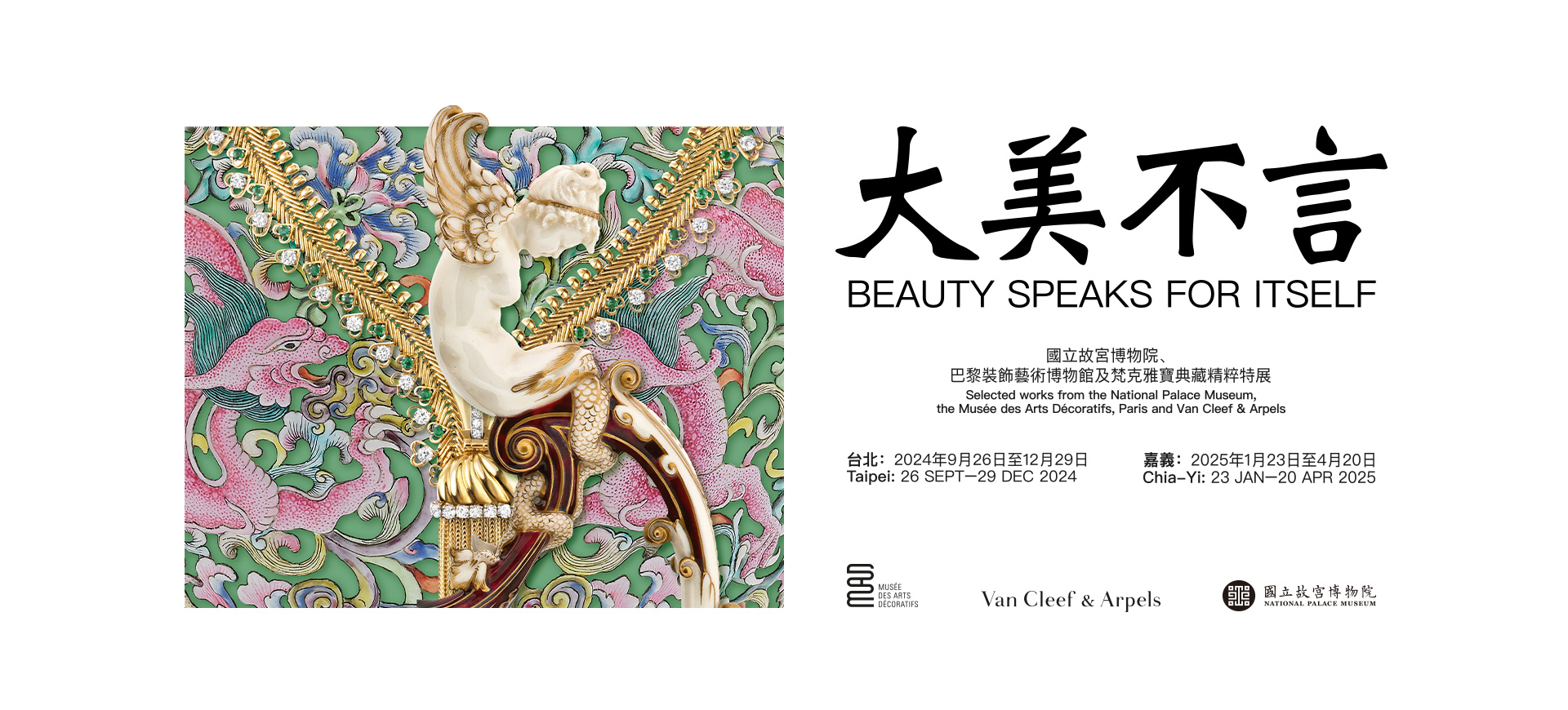Color
Throughout the ages, color has served artists as means of expression offering infinite representations and transformations.
Artisans can faithfully replicate the subtlest hues found in nature or use colors to create imaginary realms. In the field of decorative arts, techniques and materials such as lacquer, enamel, ceramics, gemstones, and glass serve the creation of a vast chromatic palette.
The color names often derive from their similar natural features—such as hues found in plants, animals, minerals, or other natural elements.
The numerous meanings attached to colors have varied throughout history. In some cultures, certain colors may be unpopular, while in others, they might symbolize power and be exclusively used by the elite in their clothing, accessories, or heraldry. In medieval Western societies, green was associated with evil until the rise of Romanticism in the 19th century, when it became the color of nature. In the Chinese world, green is highly regarded due to its connection with jade, a stone believed to bring blessings.
—Highlight Pieces—
-
Oval dish with celadon glaze Ru ware
Northern Song dynasty, late 11th to early 12th century
Ceramic
National Palace MuseumYou are now looking at a shallow, oval Ru bowl, with gently curving sides. Its slightly concave base forms the inner part of the foot rim. The Qianlong Emperor described this type of bowl as a “boat-shaped inkbrush-washer from the Ru kiln,”. Ru ware was produced during the Northern Song period and is renowned for its eggshell-blue hues and pureforms. It is the most precious porcelain in existence.
This bowl has a smooth and elegant Celadon glaze. You can see tiny patches of light-colored, pellucid crazing on its surface. Can you also spot three beige-colored unglazed marks on the porcelain? They were made by the prongs that supported the bowl in the kiln while it was being fired.
There are also engravings hidden under the glaze. Experts believe that they are of two fish facing each other, based on similar oval bowls excavated from the Qingliangsi kiln site in Baofeng County, Henan Province.
The gentle thousand-year-old lines and streamlined shape of the bowl embody the timeless beauty, subtlety and simplicity of the Song dynasty. From the Tang dynasty onward, porcelain bowls and dishes made for the imperial chambers have a fully-glazed base,particularly for items made by Ru kilns. These qualities earned Ru ware its reputation as the epitome of excellence in porcelain.
-
Jardinière, François-Eugène Rousseau
Paris, 1884
Blown and hot-worked glass
Musée des Arts DécoratifsTake a closer look at this planter, which was made in 1884.
You can see that the artist has worked with exceptional freedom to exploit the malleability of glass, demonstrating a perfect understanding of the ‘Far East’ aesthetic that was so well-loved at the time.This planter was designed by François Eugène Rousseau, a merchant and designer who specialized in porcelain, ceramics and glassware from 1855 onwards. He was one of the earliest proponents of Japonisme and one of the first people to introduce Japonisme to the West as a new aesthetic in pottery.
Rousseau positioned himself as an astute intermediary, rather than as a craftsman or manufacturer. In 1867, he created a set of ceramics based on prints of the Japanese artist Hokusai’s work. To do so, he called on the talents of the engraver Félix Bracquemond. For his glassware, Rousseau drew on the expertise of the Appert brothers, who had glassworks in Clichy; and the combined talents of two Parisian engravers: Eugène Michel and Alphonse Georges Reyen.
Seeking to emulate an idealistic idea of the “Far East” that blended inspiration from China and Japan, Rousseau developed a palette of intense, opaque hues that alluded to both Japanese lacquers and Chinese hardstones, such as jades, chalcedonies, and cornelians. Rousseau’s knowledge of the visual and textural qualities of hot-worked glass enabled him to create exact replicas of various materials and organic forms.
During 1884, Rousseau made his name as one of the great revivalists of French glassware, only to retire the following year, passing his business on to Ernest Baptiste Léveillé.
Rousseau’s technical research opened up new avenues in glassware, and he was later recognized as a trailblazer in this field by Émile Gallé himself.
-
Rêverie clip, Les Jardins High Jewelry collection
2008
White gold, yellow gold, mauve sapphires, peridot and diamonds
Van Cleef & Arpels CollectionYou are now looking at the Rêverie clip, which means ‘daydream’ in English. Both precious and poetic, it is shaped like a romantic tree with lush foliage.
If you look closely you will see that: the tree’s shimmering trunk is set with diamonds.
Its sinuous branches are topped with 28 cushion-cut peridots — selected for their vivid green color. The peridots are of various sizes and have a combined weight of over 56 carats. Round- or oval-shaped gems have been arranged at different levels on the branches to form an asymmetrical arc, producing a subtle effect of perspective and volume.
Lastly, the entire composition is dotted with diamonds and mauve sapphires in closed settings, to add pops of contrasting color.
The loose swing hanging from the tree’s branches, invites onlookers to daydream. The swing was a common motif in 18th-century paintings, particularly in artworks by Watteau and Fragonard. However, the brooch is also reminiscent of an English garden — a design that highlights the beauty of untamed vegetation and gives pride of place to vast trees that are centuries old.
This clip was made as part of the Les Jardins High Jewelry collection launched in 2008; and its romantic European characteristics show that it draws on one of Van Cleef & Arpels’ major sources of inspiration: nature.


